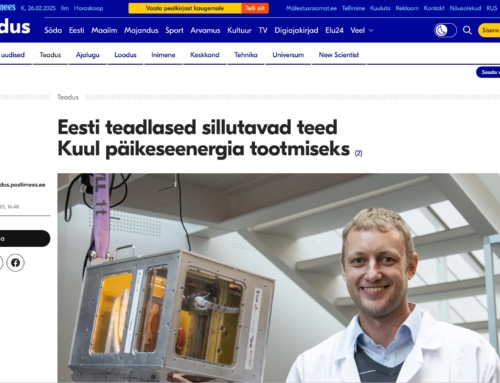We are pleased to report that our paper ‘ The Lunar Space Elevator: A Key Technology for Realising the Greater Earth Lunar Power Station (GE⊕-LPS)‘
was published in the Journal of the British Interplanetary Society Special Issue: Future Directions for Space Elevators
(Volume 76 No.7 July 2023)
The issue contained the following papers:
- David Raitt: Space Elevators: Introduction to This Special Issue.
- Dennis H. Wright.: Building the Space Elevator Tether.
- Larry Bartoszek & Dennis H. Wright: Payload Design for the Space Elevator Climber.
- John M. Knapman.: Innovation and Research for Space Elevators.
- Peter A. Swan & Cathy W. Swan: Huge Fast Spacecraft Travelling Our Solar System.
- Arthur Woods, Andreas Vogler & Patrick Collins: The Lunar Space Elevator: A Key Technology for Realising the Greater Earth Lunar Power Station.
The special issue can be purchased here.
Our paper can be downloaded here.
Abstract
The Greater Earth Lunar Power Station (GE⊕-LPS) is a multi-purpose concept that aims to solve several critical issues related to lunar development and terrestrial energy production. As the GE⊕-LPS concept and its energy production functions may be scaled to any dimension, larger versions could be positioned in Earth orbit to provide clean solar energy for terrestrial purposes and thereby reduce the mass needed to be launched from Earth to build SPS units by 80% or more. The construction of the GE⊕-LPS from mostly lunar materials requires the establishment of industrial-scale automated mining and manufacturing processes on the Moon. A key technology is a Lunar Space Elevator (LSE) deployed as a transportation system to move SPS components from an anchor point on the surface of the Moon to a docking and assembly station at Earth-Moon Lagrange point 1 (EM-L1). Significantly, a LSE could be built today with existing tether materials such as Dyneema or Zylon which are already commercially available. Additionally, lunar sourced basalt fibre may be sufficient for reinforcing and extending the LSE once it becomes operational. An Earth-pointing LSE could become a valuable cislunar infrastructure asset – “the Suez Canal of cislunar space” – linking the Earth and Moon economies.
Note: The ‘⊕’ symbol is an ancient European symbol for planet Earth: it is used here to mean “Greater Earth”, a region defined by the Earth’s gravitational field, which includes the Moon.
Here are two videos illustrating the concept.






